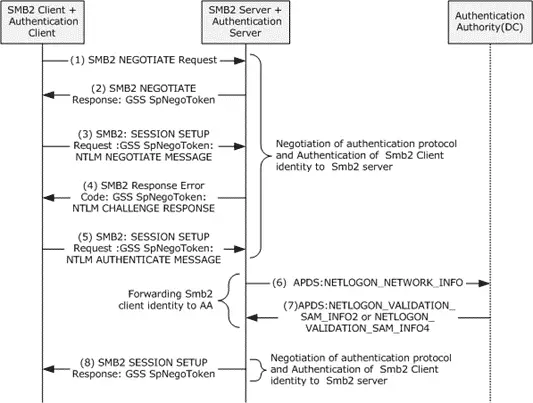
NTLMRecon
NTLMRecon is a Golang version of the original NTLMRecon utility written by Sachin Kamath (AKA pwnfoo). NTLMRecon can be leveraged to perform brute forcing against a targeted web server to identify common application endpoints supporting NTLM authentication. This includes endpoints such as the Exchange Web Services endpoint which can often be leveraged to bypass multi-factor authentication.

The tool supports collecting metadata from the exposed NTLM authentication endpoints including information on the computer name, Active Directory domain name, and Active Directory forest name. This information can be obtained without prior authentication by sending an NTLM NEGOTIATE_MESSAGE packet to the server and examining the NTLM CHALLENGE_MESSAGE returned by the targeted server. We have also published a blog post alongside this tool discussing some of the motivations behind its development and how we are approaching more advanced metadata collection within Chariot.
Why build a new version of this capability?
We wanted to perform brute-forcing and automated identification of exposed NTLM authentication endpoints within Chariot, our external attack surface management, and a continuous automated red teaming platform. Our primary backend scanning infrastructure is written in Golang and we didn’t want to have to download and shell out to the NTLMRecon utility in Python to collect this information. We also wanted more control over the level of detail of the information we collected, etc.
Install & Use
Copyright (C) 2022 praetorian-inc